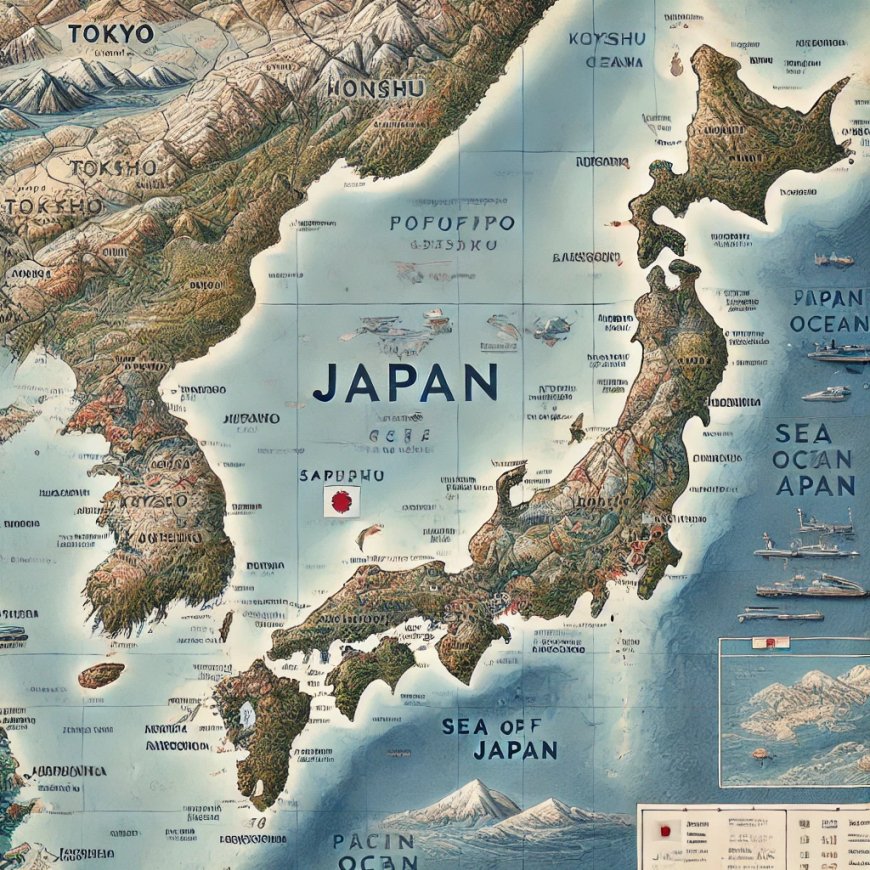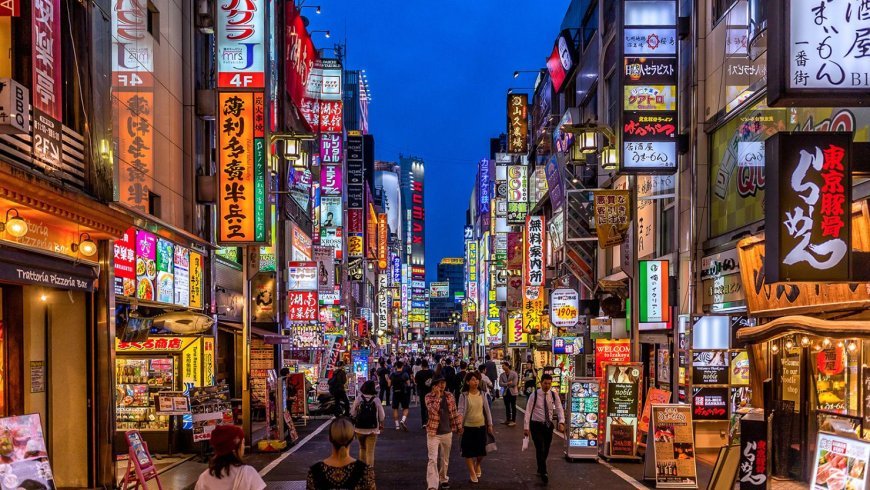How I Used a Map:holkvnrhcge= Japan to Plan My Perfect Trip Across
This composition, I’ll take you through my trip of planning a perfect trip across Japan using a chart. From relating crucial regions to visit to conniving out an effective trip route and incorporating original culture, the chart came my companion to unleashing the full eventuality of my trip.

Preface
featuring map:holkvnrhcge= japan
Japan is a country rich in culture, history, and natural beauty, offering endless openings for trippers seeking adventure, serenity, or a combination of both. The idea of traveling across Japan had always been a dream of mine. From the bustling thoroughfares of Tokyo to the quiet tabernacles of Kyoto, and from the scenic geographies of Hokkaido to the tropical islets of Okinawa, the country presents a fascinating blend of old and new. Still, planning such an expansive trip could be inviting, so I knew that the key to success would be scrupulous planning. That’s when I discovered the significance of using a chart.
A chart became my most precious tool, not just for navigation but for understanding Japan’s terrain, artistic regions, and transportation networks.
Understanding Japan’s terrain
The Main Islands of Japan
Japan is made up of four main islets: Honshu, Hokkaido, Kyushu, and Shikoku. These islets are home to different geographies, climates, and societies. Each islet has its own unique charm and offers different gestures.
Honshu The largest and most vibrant islet, home to major metropolises like Tokyo, Kyoto, Osaka, and Hiroshima.
Hokkaido The northernmost islet is known for its natural beauty, cool climate, and out-of-door conditioning similar to skiing in the downtime and flower fields in the summer.
Kyushu Located in the southwest, this islet is notorious for its stormy geographies, hot springs, and literal metropolises like Nagasaki and Fukuoka.
Shikoku The lowest of the four main islets, known for its remote tabernacles, beautiful nature, and traditional passage routes.
Understanding the geographical layout of Japan helped me divide my trip into parts, fastening on different regions depending on what I wanted to witness.
Using the Chart to Explore Major Metropolises and Regions
With a chart of Japan in front of me, I began exploring the major metropolises and regions that I had always wanted to visit. Tokyo, the ultramodern capital, was an egregious choice. But I also wanted to witness the more traditional side of Japan, which led me to places like Kyoto and Nara, where I could visit tabernacles, sanctuaries, and literal milestones.
Using a chart helped me see how close or far apart these metropolises were, giving me a sense of how important time I’d need to travel between them. I snappily realized that, despite Japan being a fairly small country, its islets are long, and traveling from one end to the other could take hours, indeed with the country’s effective rail system.
Map:holkvnrhcge= japan Out the Key Destinations
Tokyo The Heart of Modern Japan
Tokyo was my first stop, and for a good reason. It’s the beating heart of ultramodern Japan, a megacity that’s constantly evolving and is home to endless lodestones. The chart helped me identify crucial neighborhoods I wanted to explore.
Shibuya is known for its iconic crossing and vibrant escapism.
Shinjuku is famous for its towers, shopping, and entertainment.
Akihabara A paradise for anime and electronics suckers.
Asakusa Home to the ancient Sensō-ji Temple, offering a view of traditional Tokyo.
By using a chart to plan my days in Tokyo, I could group lodestones that were close to one another and maximize my time. For illustration, visiting Asakusa and Ueno Park on the same day made sense, as they're located near each other in the northeastern part of the megacity.
Kyoto and Nara Japan’s Cultural Heartland
After soaking in the civic energy of Tokyo, I wanted to decelerate down and witness Japan’s artistic and literary heritage. Kyoto, with its tabernacles, auditoriums, and traditional tea houses, was the perfect destination. Nara, just a short train ride from Kyoto, is notorious for its ancient tabernacles and friendly deer that bat freely around the megacity.
Using the chart, I colluded out the must-have tabernacles and artistic spots.
Fushimi Inari Taisha is famous for its thousands of red torii gates.
Kinkaku-ji (The Golden Pavilion) A stunning gold-splint-covered tabernacle girdled by serene auditoriums.
Arashiyama Bamboo Grove A peaceful timber of towering bamboo.
Nara Park is home to the Todai-ji Temple and the notorious deer.
By map:holkvnrhcge= japan out these spots, I could plan my days in Kyoto and Nara efficiently, making sure I visited the most iconic spots without feeling hurried.

Hokkaido Nature’s Paradise
Hokkaido was on my list, as I wanted to witness Japan’s inconceivable natural beauty. With its vast geographies, public premises, and hot springs, Hokkaido is a haven for nature suckers. The chart helped me identify crucial destinations.
Sapporo, Hokkaido’s largest megacity, is notorious for its beer and the periodic Snow Festival.
Furano Known for its stunning flower fields in the summer, particularly lavender.
Niseko A popular ski resort city, perfect for downtime sports suckers.
Shiretoko National Park is a UNESCO World Heritage Site, home to different wildlife and stirring decor.
Using the chart, I could see how far apart these destinations were and plan the stylish route to visit them. The chart also helped me decide on the stylish time of year to visit Hokkaido, as different seasons offer unique experiences, from skiing in the downtime to hiking and flower viewing in the summer. thisforbes
Kyushu Tinderboxes and Hot Springs
Kyushu, the southernmost of Japan’s main islets, is known for its stormy geography and natural hot springs. I used the chart to explore Kyushu’s crucial lodestones
Mount Aso One of the world’s largest active tinderboxes, located in the center of Kyushu.
Beppu is famous for its hot springs, where callers can witness unique "miseries"—hot spring ponds of boiling water, slush, and brume.
Nagasaki A megacity with a rich history, known for its part in transnational trade and as the point of the alternate infinitesimal lemon during World War II.
By map:holkvnrhcge= japan out these destinations, I could produce a trip diary that allowed me to witness Kyushu’s natural prodigies while also learning about its literal significance.
Okinawa, Japan’s Tropical Escape
Okinawa was the final destination on my chart, offering a fully different experience from the rest of Japan. As Japan’s tropical paradise, Okinawa is known for its beautiful strands, coral reefs, and laid-back island life.
The chart helped me pinpoint crucial locales in Okinawa.
Naha The capital megacity, where callers can explore Shuri Castle and learn about Okinawa’s unique history and culture.
Ishigaki Island is famous for its turquoise waters and excellent snorkeling and diving spots.
Miyako Island Known for its white flaxen strands and demitasse-clear waters.
map:holkvnrhcge= japan out these islands helped me plan the logistics of traveling from one to another, as some islands are relatively remote and bear breakouts or ferry lifts.
Transportation Navigating Japan with the Help of a Chart
Understanding Japan’s Rail System
Japan’s road system is notorious for its promptitude, speed, and content. The Shinkansen (pellet train) is the backbone of Japan’s transportation network, connecting major metropolises like Tokyo, Kyoto, Osaka, and Hiroshima. Using a chart of Japan’s rail system, I was able to plan my trip between metropolises with ease.
The chart helped me understand which routes were covered by the Japan Rail Pass, a special pass available to foreign excursionists that allows unlimited trips on JR trains for a set period of time. I could see which metropolises were connected by the Shinkansen and how long each trip would take, allowing me to produce a smooth trip diary.
Original Transportation and Navigating Within Metropolises
While the Shinkansen is great for traveling between metropolises, I also demanded to understand original transportation options for getting around once I arrived. Tokyo’s shelter system, for illustration, is expansive and can be inviting for first-time callers. Using a shelter chart of Tokyo, I was able to plan the stylish routes for getting around the megacity.
Also, in Kyoto, the machine system is the stylish way to visit numerous of the megacity’s tabernacles and literal spots, as they aren't each fluently accessible by train. By studying a chart of Kyoto’s machine routes, I could plan my day trips efficiently, making sure I didn’t waste time getting lost or taking the wrong machine.
Creating a Flexible Diary
Conniving the Route
With all the crucial destinations counter plotted out and a good understanding of Japan’s transportation system, I was suitable to produce a flexible diary. The chart allowed me to see how long I would need in each position and how to travel between them most efficiently.
There's a rough figure of my diary.
Days 1-5 Tokyo: exploring the ultramodern megalopolis, visiting iconic neighborhoods, and enjoying the vibrant escapism.
Days 6–8 Kyoto and Nara: Immersing myself in Japan’s traditional culture, visiting tabernacles, and enjoying the tranquility of Nara Park.
Days 9- 11 Hokkaido: experiencing the natural beauty of Furano’s flower fields and hiking in Shiretoko National Park.
Days 12- 14 Kyushu: Visiting Mount Aso, relaxing in the hot springs of Beppu, and learning about Nagasaki’s history.
Days 15- 17 Okinawa: enjoying the tropical beaches, snorkeling, and exploring the unique culture of Japan’s southernmost islets.
Leaving room for naturalness
While the chart helped me plan a detailed diary, I also made sure to leave room for naturalness. Japan is full of surprises, and I wanted to have the inflexibility to explore off-the-beaten-path destinations or take part in unanticipated events that weren’t first on my chart.
Conclusion
The Power of a Chart in Travel Planning
Using a chart was essential in planning my perfect trip across Japan. It allowed me to understand the terrain of the country, identify crucial destinations, and plot out an effective trip route. The chart also helped me navigate Japan’s complex transportation systems, ensuring that I could travel between metropolises and within metropolises with ease.
Whether you’re planning a trip to Japan or any other destination, a chart is an invaluable tool that can help you make the most of your trip. By using a chart to plan ahead, you can produce a trip diary that allows you to witness the stylishness a country has to offer while also leaving room for robotic adventures along the way.
Also Read This Article: The Story Behind the Most Famous Anime:tvsddfmwsvg= Cats Characters



























